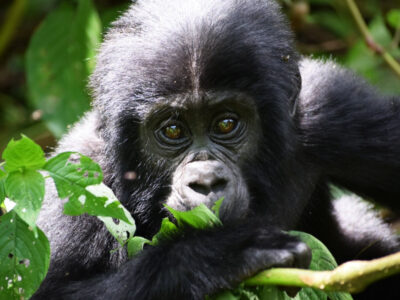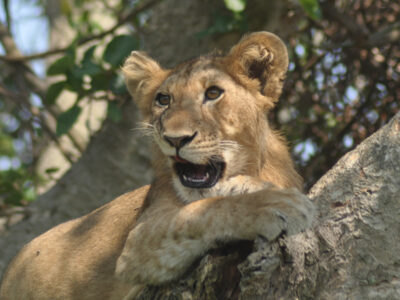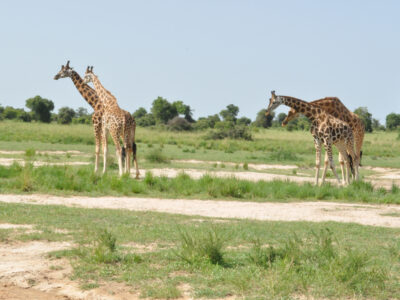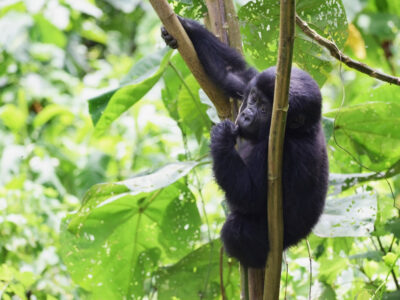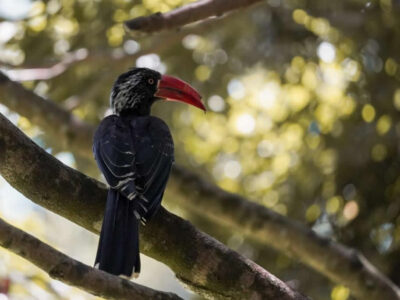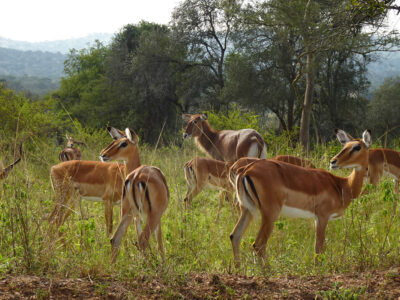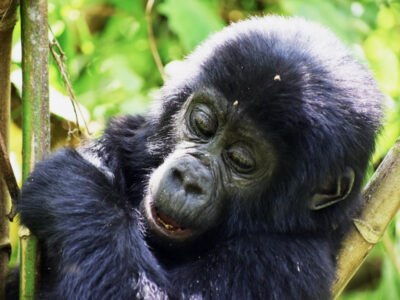Led by the Jane Goodall Institute, the International Gorilla Conservation Program (IGCP), a coalition of Conservation International, Fauna & Flora, and the World Wide Fund for Nature (WWF), the census seeks to determine the chimpanzee population in the ecosystem, the only area known to host co-existing populations of endangered mountain gorillas and chimpanzees alongside humans.
WWF Country Director Ivan Tumuhimbise said that the census is about strengthening local scientific capacity, reducing dependence on foreign labs, and setting a precedent for self-sustaining conservation.
The census will also include a full count of chimpanzees, another endangered great ape species that shares the forest with both mountain gorillas and humans.
![]()
According to Tumuhimbise, six teams comprising staff from 11 institutions have begun systematically surveying the winding terrain for signs of gorillas, including nests and faecal samples. “a key advancement in this census is the localised genetic analysis.” He added.
“Unlike previous counts where samples were shipped overseas, this census will conduct its genetic analysis within the region, boosting local capacity in terms of equipment and personnel.” Tumuhimbise said.
He said that they have developed the necessary capacity in regards of human resources and equipment to work on samples here. “The two laboratories which we are going to use are both in Uganda and the DR Congo.”
The WWF Chief Operations Officer Bruno Ssemaganda revealed that the initial part of the exercise will cost 3.5 billion Shillings, emphasising that the census results will help to address the effects of climate change on the primates and their habitat.
Every five years , Gorillas are supposed to be counted. The last census was conducted in 2028, where 459 Gorillas were registered.
Due to the effects of the COVID-19 pandemic, the other census was planned for 2023, but was halted.


